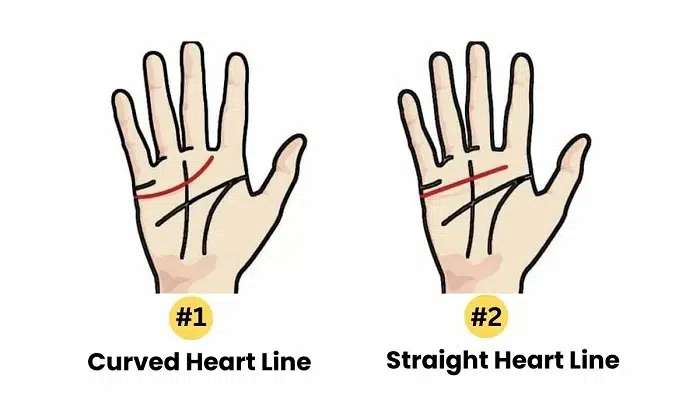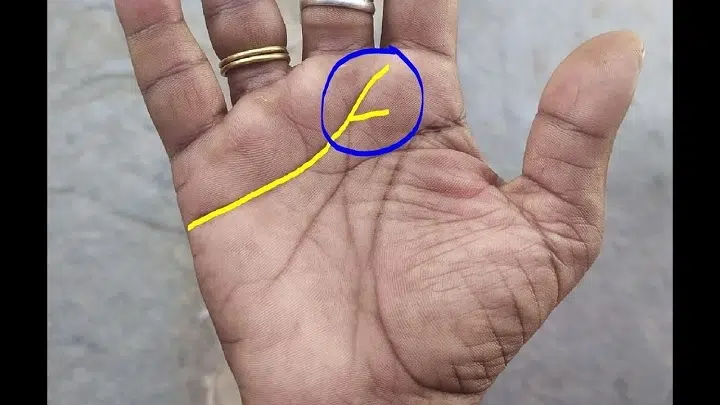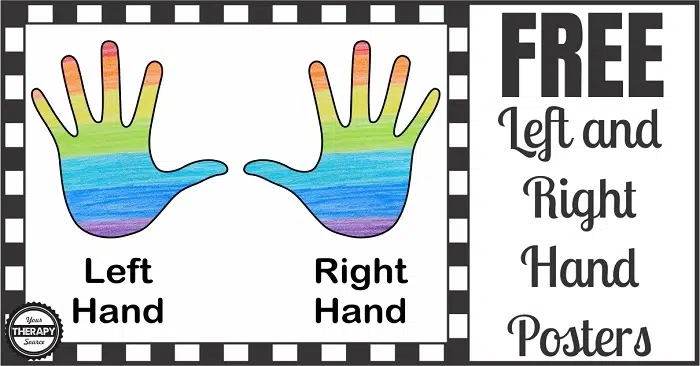Palmistry, the ancient practice of interpreting the lines and symbols on the hand, has fascinated people for centuries. Among the most spiritually significant markings in Vedic palmistry is the Vishnu symbol on the heart line. This symbol is considered a divine sign, associated with emotional balance, spiritual love, and protection from higher powers. When it appears on the heart line—a major line that governs emotions and relationships—it is seen as an extraordinary blessing.
This article explores the significance of the Vishnu symbol, how to identify it on the heart line, and what it could reveal about your inner spiritual and emotional life.
What Is the Heart Line?

In palmistry, the heart line is one of the three main lines on the palm, alongside the head line and life line. It typically begins under the pinky finger and runs horizontally across the top part of the palm toward the index or middle finger.
This line is said to represent:
- Emotional intelligence
- Romantic and familial relationships
- Heart health and emotional balance
- One’s ability to love and connect with others
When symbols or markings appear directly on or near this line, they can drastically shift its interpretation.
Who Is Vishnu in Hinduism?
Vishnu is one of the principal deities in Hinduism, known as the Preserver in the Holy Trinity (Trimurti) that includes Brahma and Shiva. Vishnu maintains balance and harmony in the universe and is often associated with qualities such as mercy, stability, protection, and righteousness.
Symbols commonly linked to Vishnu include:
- The conch (shankha)
- The discus (chakra or Sudarshan chakra)
- The lotus (padma)
- The mace (gada)
In palmistry, when any of these symbols appear on the palm, especially on a significant line like the heart line, it suggests strong spiritual connections and karmic influence.
What Does the Vishnu Symbol on the Heart Line Mean?
Seeing a Vishnu symbol on the heart line is interpreted as an incredibly rare and positive sign. The form can vary—a small circle, wheel, lotus-like pattern, or spiral resembling a conch—but the implications are often similar in nature.
Interpretations of the Symbol
Divine Emotional Balance
The individual may have a deeply centered emotional core and is likely to maintain calmness even in stressful relationships.
Spiritual Devotion in Love
This marking may suggest that the person sees love as a sacred act and may be drawn to spiritual or soulmate-level partnerships.
Protection from Emotional Harm
As Vishnu is the protector, this symbol may indicate a shield against emotional betrayal or instability.
Strong Moral Compass
These individuals may have a deeply ingrained sense of loyalty, kindness, and truth in relationships.
Connection to Past Lives or Karma
The appearance of a divine symbol can also suggest good karma from past lives, especially relating to acts of compassion or devotion.
Identifying the Vishnu Symbol on the Heart Line
Though rare, experienced palmists may be able to recognize divine symbols on the hand. The Vishnu symbol is typically small and precise. Here’s what to look for:
- A tiny wheel shape directly on the heart line (chakra)
- A petal-like shape or circle representing the lotus
- A shell or spiral design resembling the conch
- A three-armed figure symbolizing the Sudarshan chakra
It’s important to distinguish meaningful symbols from random skin creases or distortions. Professional palmists consider symmetry, clarity, and location before interpreting such signs.
Right Hand vs. Left Hand Symbol
In palmistry, the right and left hands have different interpretations:
- Right Hand: Often reflects your active life, decisions, and external expression. A Vishnu symbol here could mean you consciously express love and kindness with divine guidance.
- Left Hand: Represents inherited traits, inner self, and karmic influence. If the symbol is on this hand, it may indicate spiritual gifts from past lives.
Gender-Based Interpretations
While interpretations are generally similar across genders, some traditions suggest slight differences:
- For men, it may suggest a role as protector or spiritual partner in relationships.
- For women, it could imply nurturing emotional wisdom and natural healing energy in love.
Regardless of gender, the symbol is always viewed as positive and spiritually aligned.
Cultural and Spiritual Perspectives
While this symbol is rooted in Hindu palmistry, many other traditions share the belief that the heart area is connected to divine or universal love. In Buddhist symbolism, wheels or lotuses also represent spiritual awakening. In Christian mysticism, markings near the heart line may symbolize compassion or divine purpose. The Vishnu symbol, then, is one piece in a broader spiritual language that crosses cultural boundaries.
FAQs About Vishnu Symbol on Heart Line
Q1: What does the Vishnu symbol on heart line indicate?
A1: It signifies divine emotional guidance, protection in love, and spiritual purity. It’s considered a mark of grace and karmic reward.
Q2: Is it common to have this symbol on the heart line?
A2: No, it is very rare. Most people will not have clear divine symbols without spiritual significance.
Q3: Can this symbol appear on other lines?
A3: Yes, it may also appear on the fate line or head line, where it carries different but still positive meanings.
Q4: Should I consult a palmist to verify the symbol?
A4: Yes, as many marks can resemble symbols without actual significance, a professional palmist can confirm it.
Q5: Does this symbol guarantee a good love life?
A5: While it suggests spiritual strength in love, personal choices and actions still shape the outcome of relationships.
The Vishnu symbol on the heart line is one of the most spiritually rich signs in palmistry. Whether shaped like a lotus, chakra, or conch, its presence near the line of emotions signals divine protection, karmic blessing, and a deep connection to sacred love. Though rare, it offers insight into the inner world of those who carry it—often reflecting a heart aligned with higher truth and compassion.


